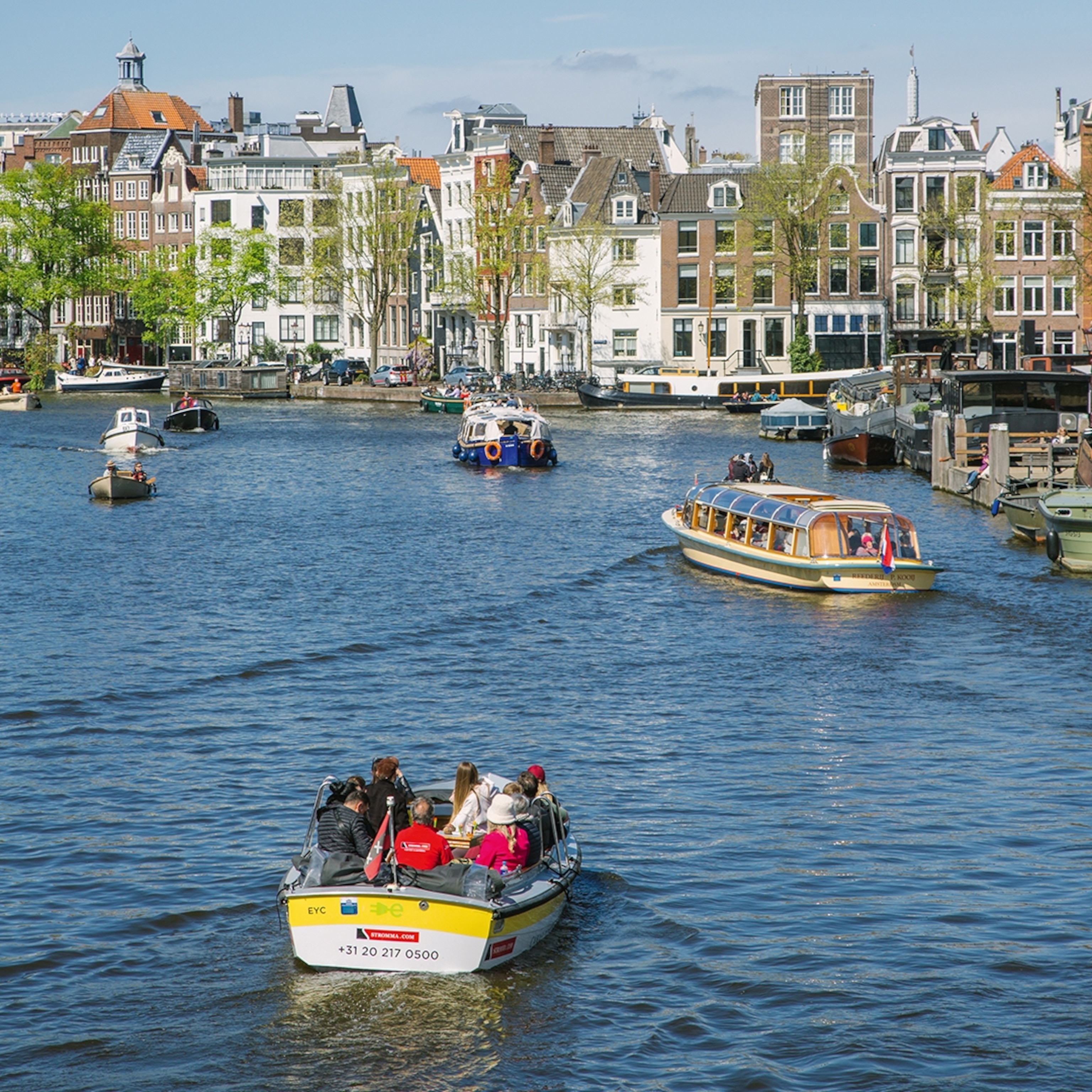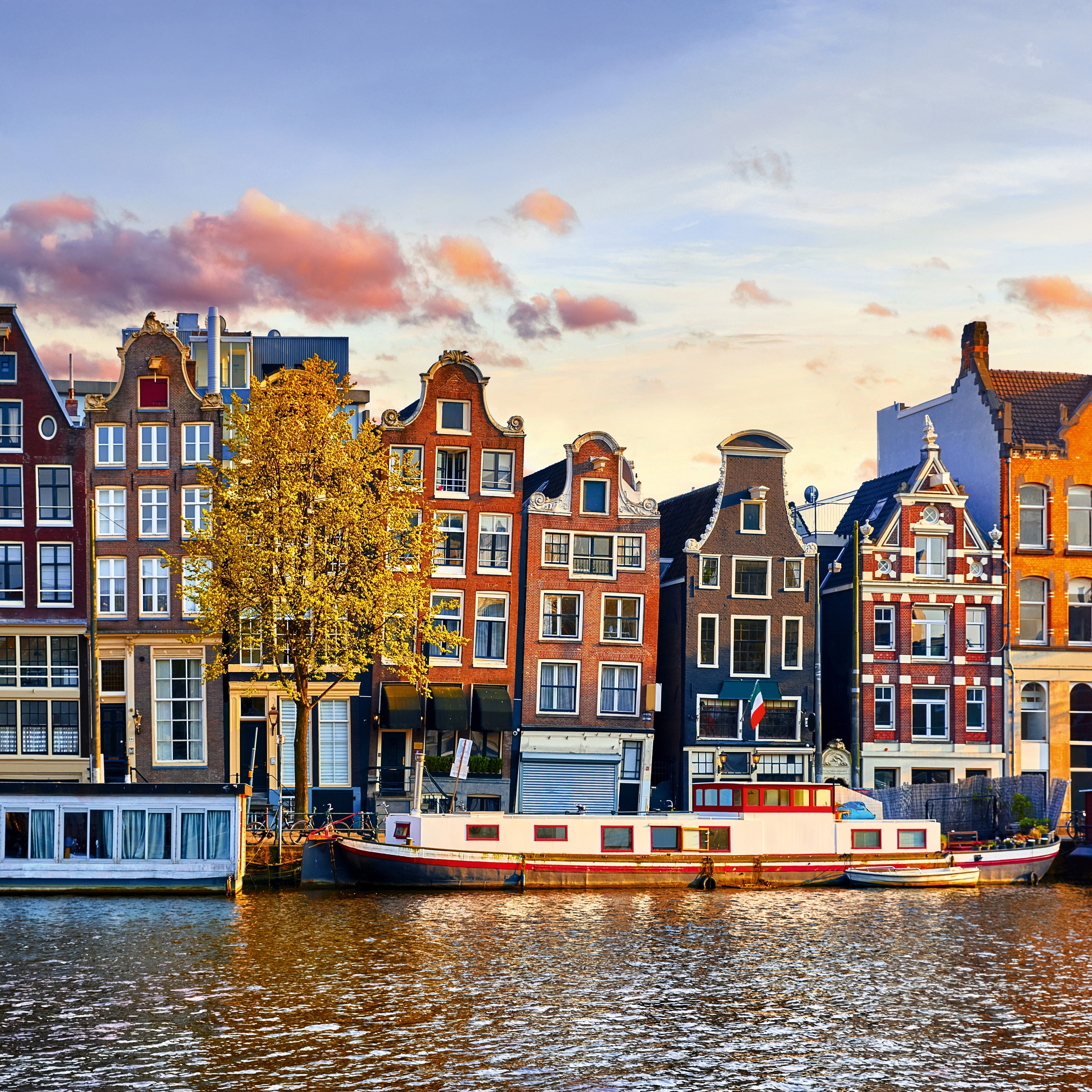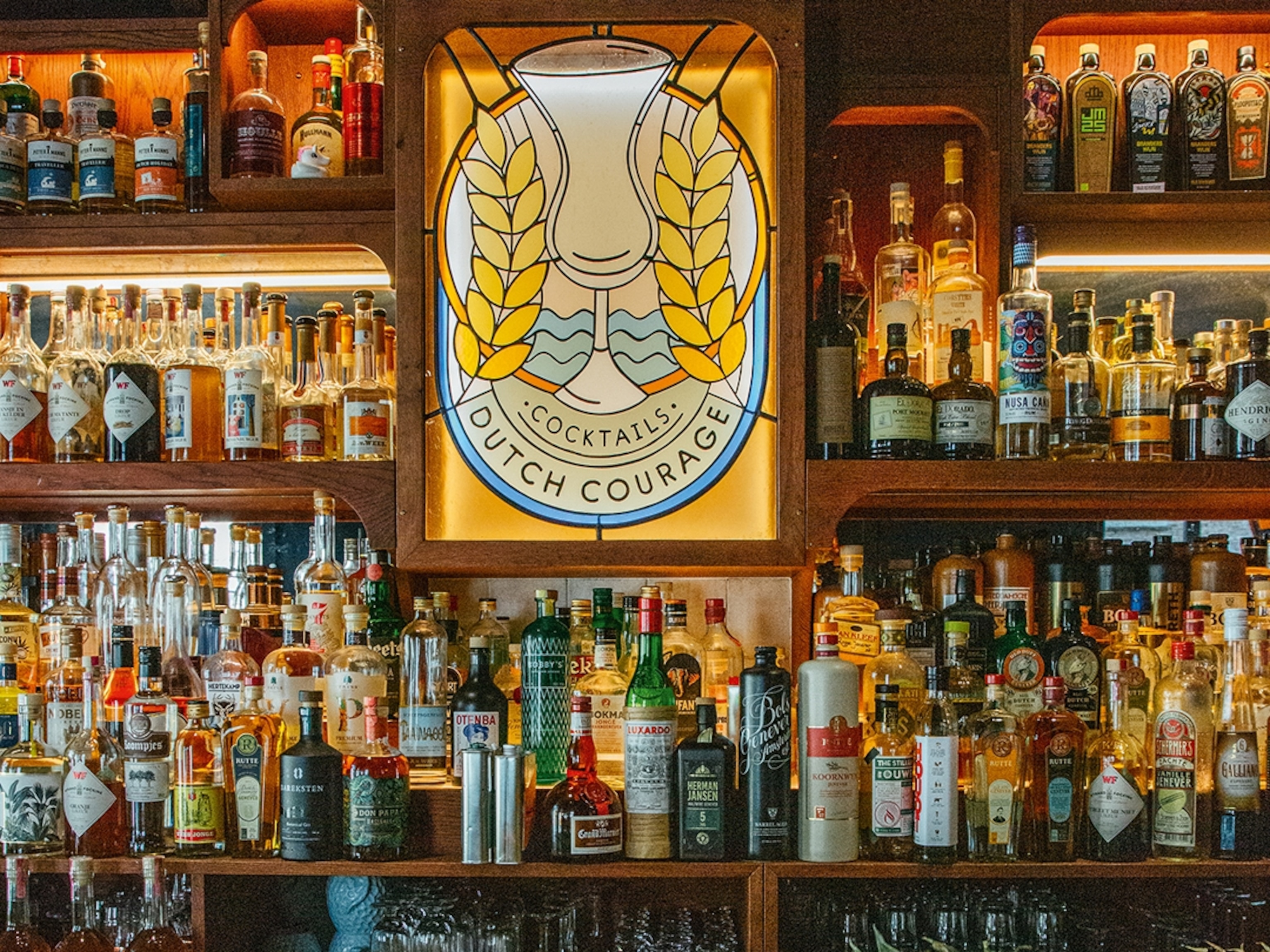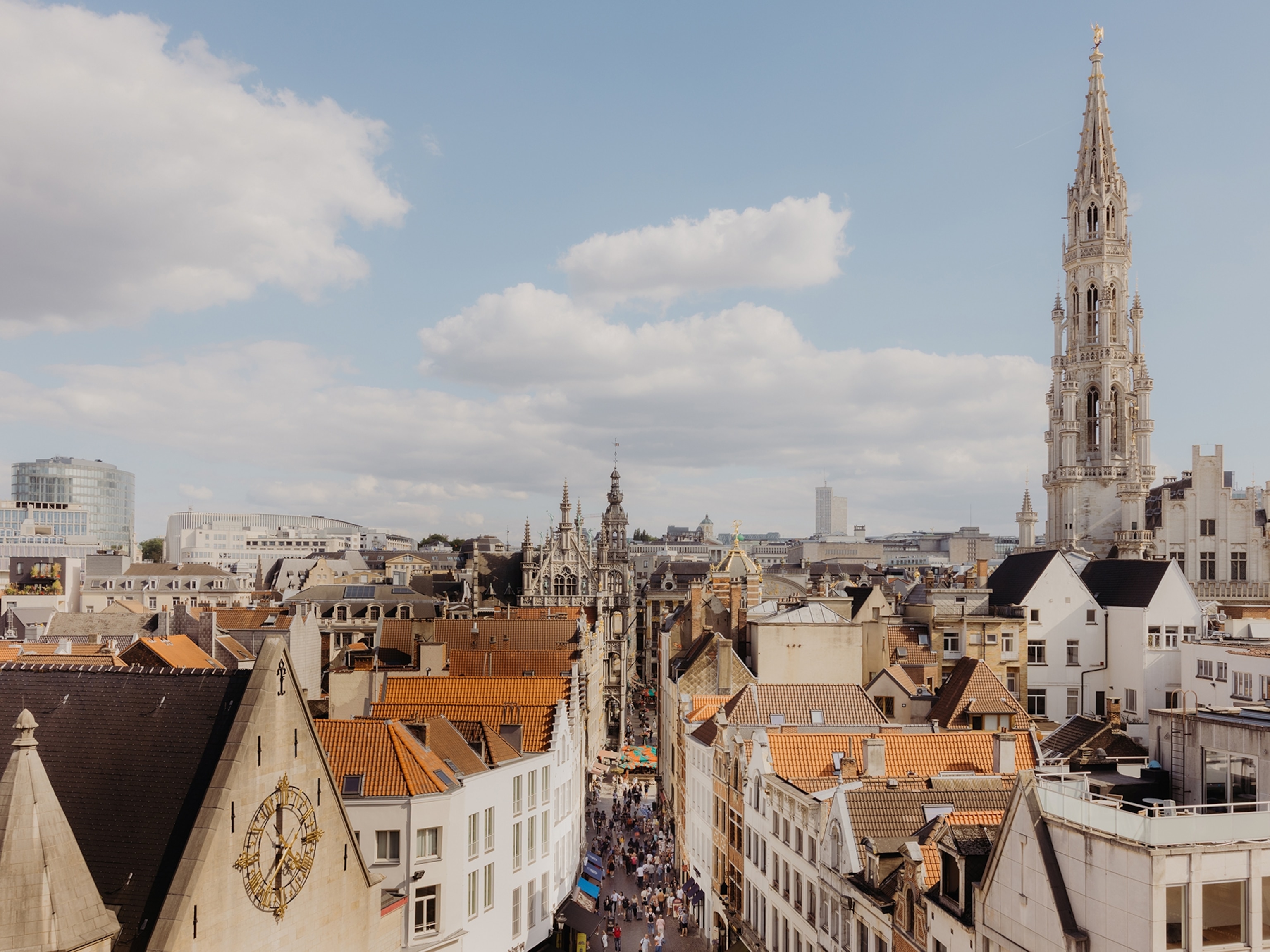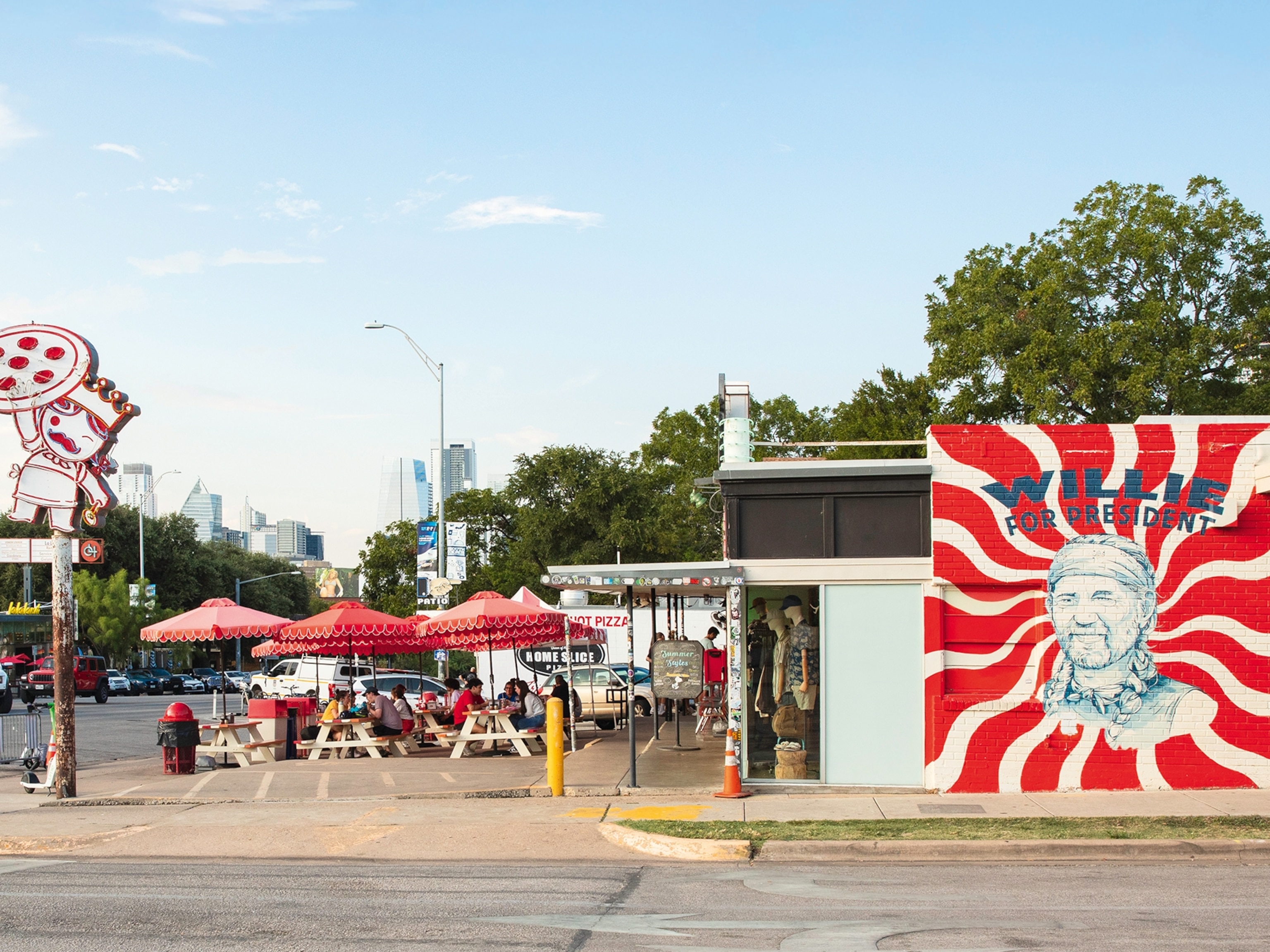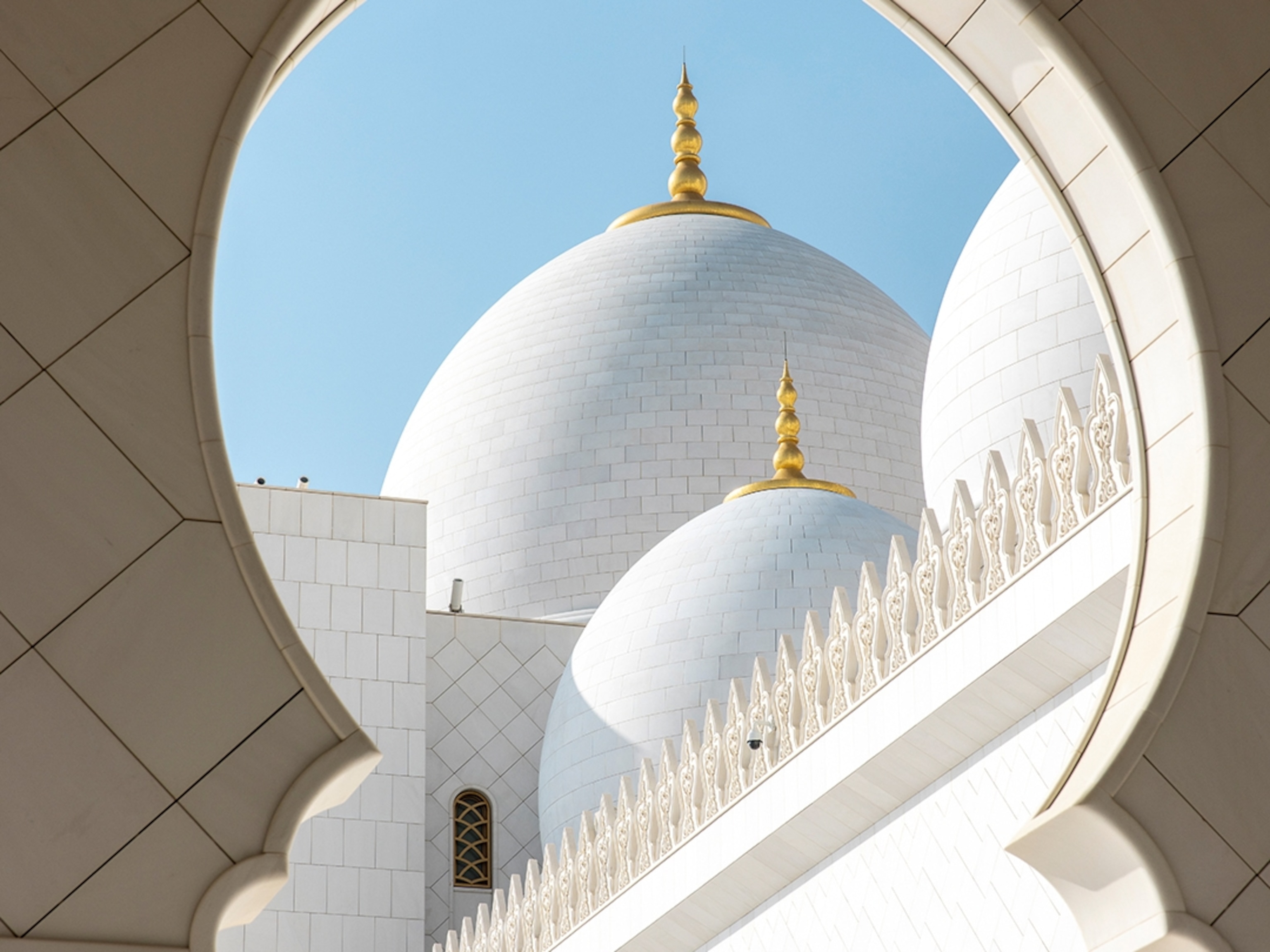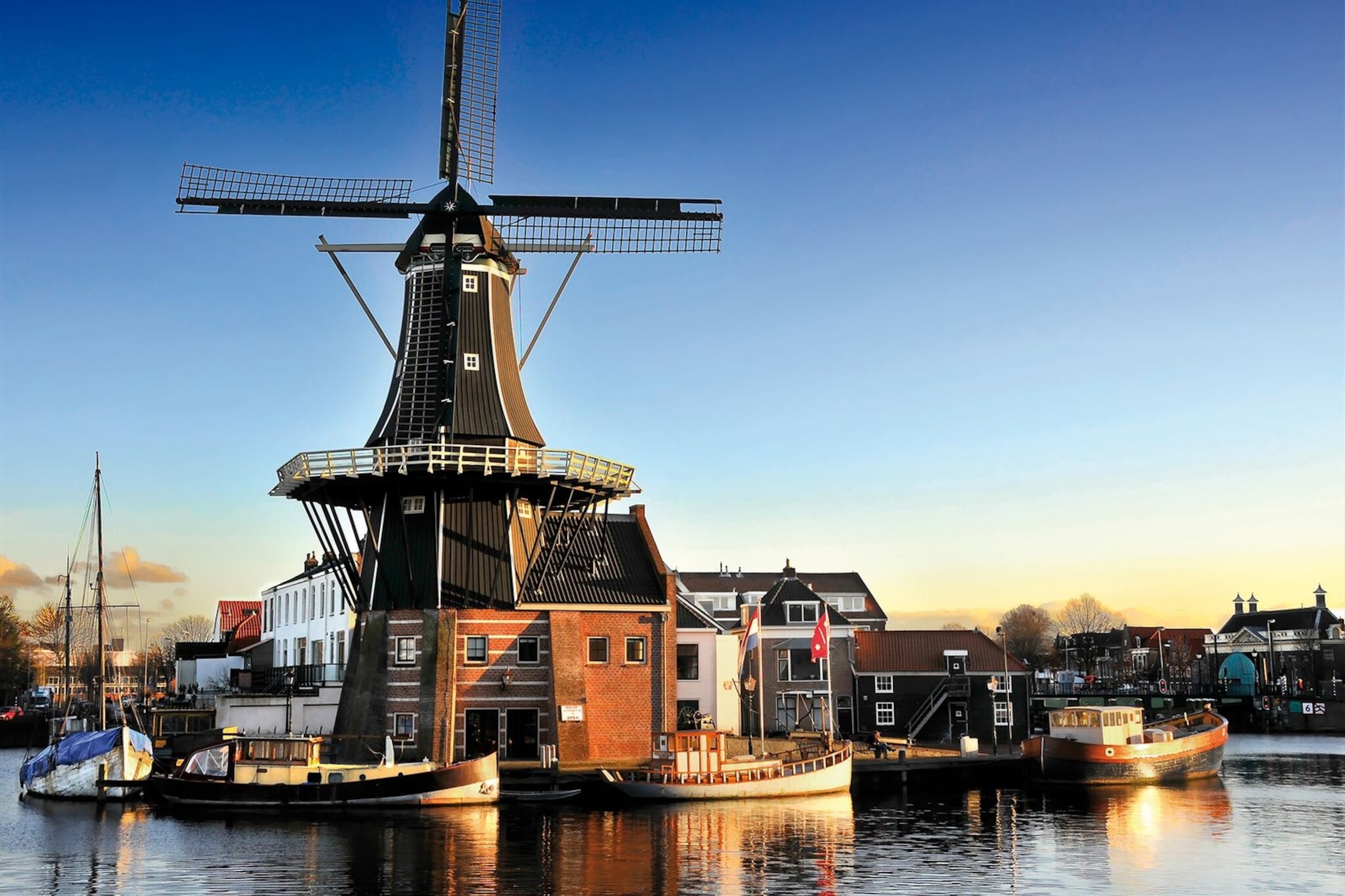
Five alternatives to Amsterdam for a canal-filled city break in the Netherlands
Winsome waterways, wonky townhouses, world-class culture — Amsterdam has it all in spades, but can’t claim a monopoly on it. Here are five worthy alternatives, just a short train ride away.
The Dutch, being a pragmatic bunch, have been working hard to find solutions to Amsterdam’s overcrowding issue. Before the pandemic, the city’s 800,000-odd inhabitants jostled for space with around eight million visitors annually. Their tolerance to outsiders seems undimmed, but the sheer volume of people arriving in their city represents a formidable challenge.
Cue efforts to funnel visitors to lesser-visited areas, such as Noord, which has risen from the ashes of Amsterdam’s shipbuilding industry. Witness, too, the plucky locals boosting diplomatic relations by engaging tourists in activities that ‘give something back’ to the city, like boat trips that double as litter picking excursions.
Visitors can also do their bit, by spreading the load among other Dutch cities. It’s true that there’s nowhere quite like Amsterdam, but a short train ride from Centraal Station are a clutch of cities that share the capital’s bygone Dutch aesthetic, romantic canal culture and cosy lifestyle.
1. Haarlem
Haarlem is a great base for those who want to dip in and out of Amsterdam, without actually staying there. It takes just nine minutes to travel between the two cities by train, but this is no satellite town — Haarlem has a buccaneering history and medieval character all of its own. And, yes, plenty of canals.
Like Amsterdam, Haarlem has some brilliant ‘brown cafes’, which are great places to check the pulse of the city. Not to be confused with cannabis coffeeshops, brown cafes are the Dutch equivalent of old pubs, where strong beer slips down amid the patter of conversation.
Amsterdam’s London-like emergence as a culinary destination has rubbed off on Haarlem, though these days good food is found in most Dutch cities. The local gastro scene runs the gamut from Michelin-starred dining to cosy, neighbourhood restaurants.
As for its cultural credentials, there’s enough here to make you reconsider getting the train to Amsterdam. The Frans Hals Museum (named after the Old Master who spent his final days in the building when it was an alms house) is home to an impressive collection of 17th-century art, by the likes of Jan Steen, Jacob van Ruisdael and, of course, Hals.
There’s also the self-styled ‘museum of wonders’ — Teylers Museum — which is the Netherlands’ oldest. Here you’ll find a curious collection of exhibits exploring art, natural history and science. There’s plenty more besides, which is certainly enough to keep you from the capital.
Where to stay: A wonky, wooden-beamed townhouse that’s been given a modern Dutch twist, MAF Haarlem Boutique Hotel is slap bang in the centre of town. Doubles from around £130 per night.
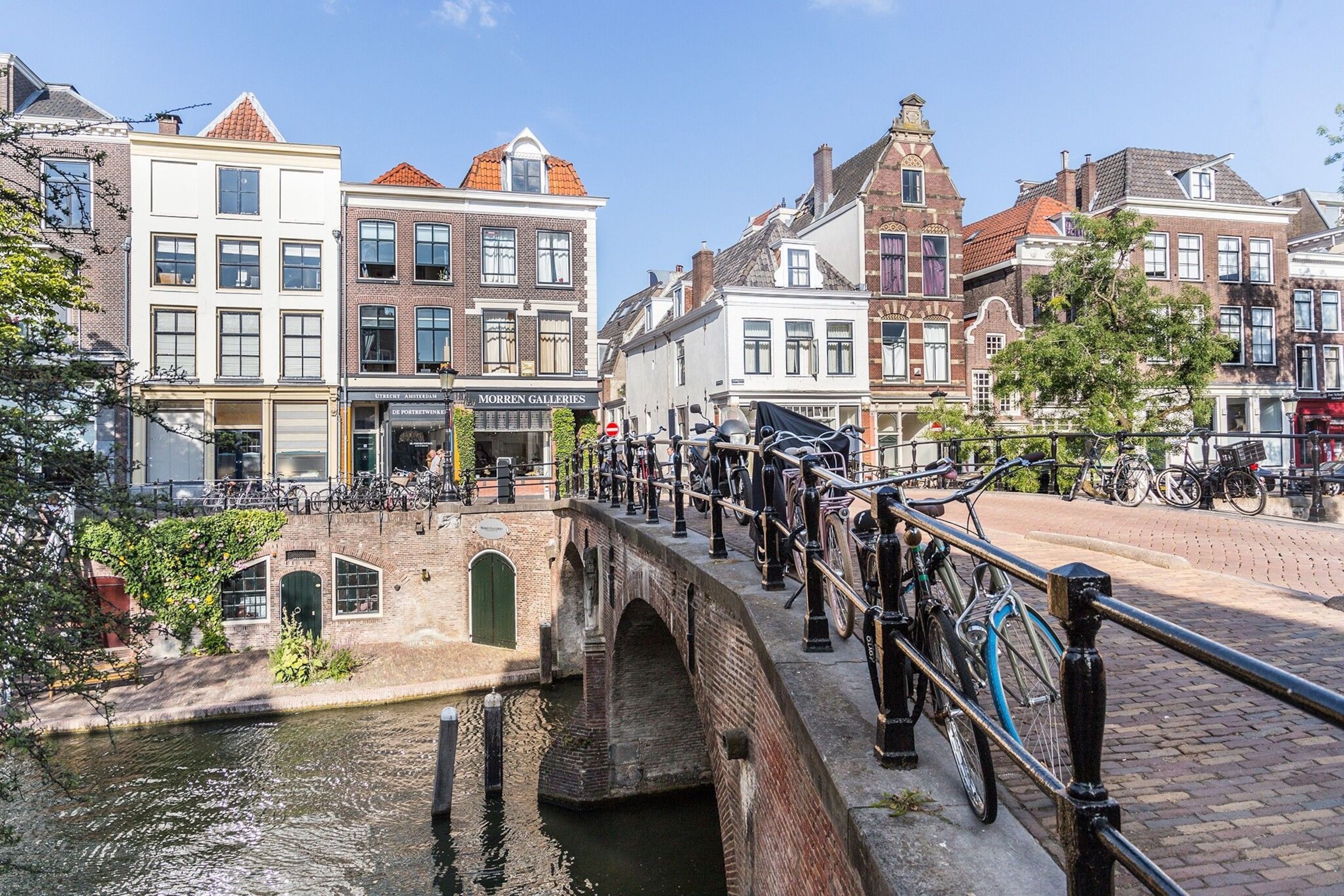
2. Leiden
Genteel Leiden has a learned, scholarly air — the unhurried ambiance of a university town. It’s the Dutch Oxford, charming in its antiquity, but youthful and energetic, especially at night.
Its leafy, affluent canal belt evokes Amsterdam’s Jordaan district. It’s perhaps no coincidence that Leiden’s most famous son, Rembrandt, chose the Jordaan as the place to spend his twilight years.
Cosy bars and cafes congregate around the intersections of Leiden’s canals. From their terraces you can sit and watch the Dutch go about their day-to-day business, while at the weekends, they’ll take to the water in boats with chilled bottles of sauvignon and beer.
Like Amsterdam, Leiden’s got a Rijksmuseum. It’s the national centre of archaeology, home to Greek, Roman and Egyptian artifacts, including the Temple of Taffeh, a gift to the Netherlands from Egypt. Museum de Lakenhal is where you’ll find the local boy’s work; Rembrandt’s Peddler Selling Spectacles is among the various masterpieces hanging there.
This being a university town, the nightlife is pumping, but not just for the youth. In fact, Leiden is as comfortable downing cheap shots in student dives as it is quaffing cocktails or glasses of pinot, which are best enjoyed on the flat-top barges that double as pub terraces.
And providing the backdrop to it all is a monument that’s Dutch to the point of cliche: a working windmill.
Where to stay: Leiden’s former guardhouse has been reborn as one of the city’s sleekest hotels, Boutique Hotel d’Oude Morsch. Doubles from around £115 per night.
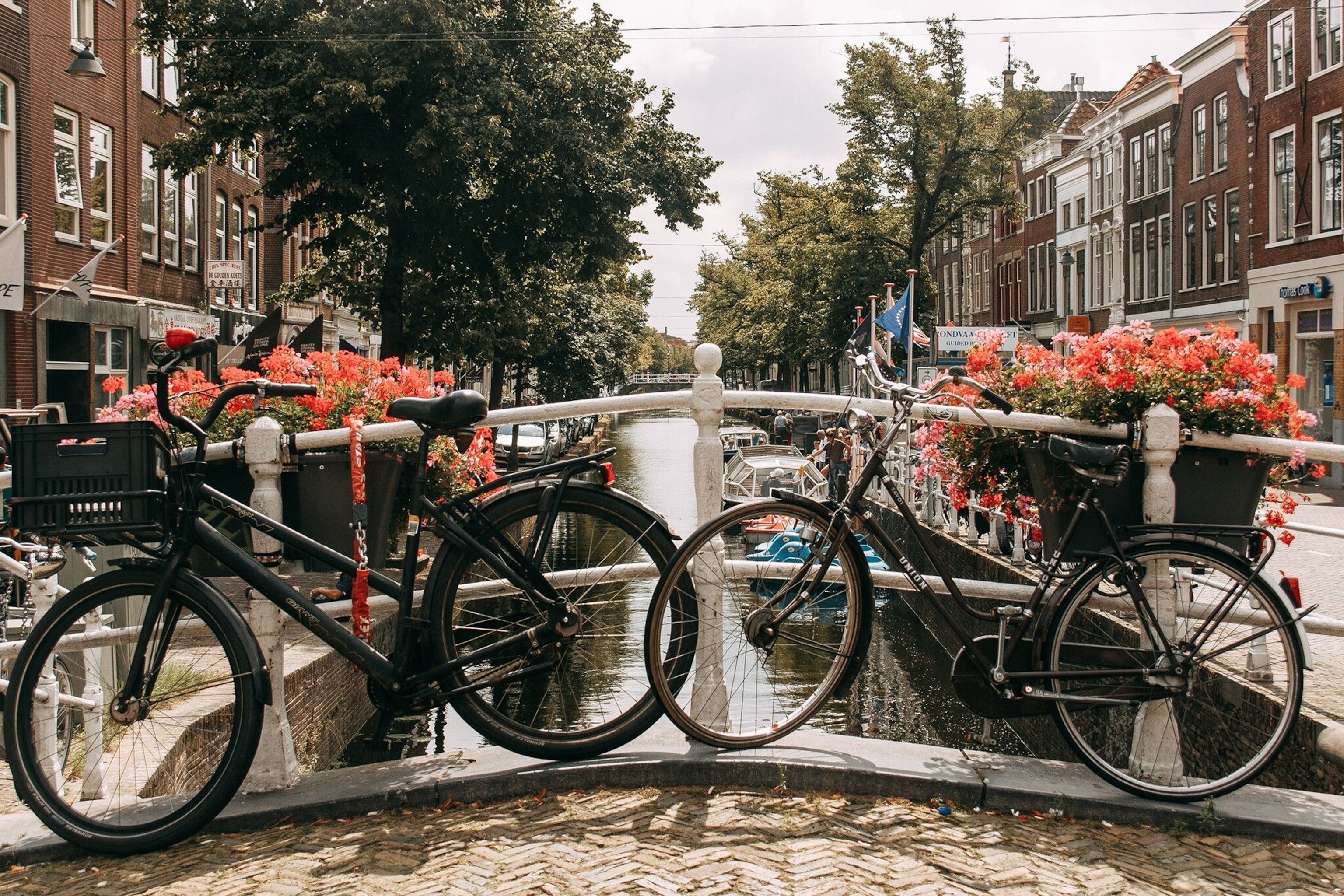
3. Delft
Delft is one those cities that you leave feeling suddenly privy to a secret. Why aren’t more people talking about it? Unmistakably a relative of Amsterdam, its features are more delicate and petite than the capitals. But all the key aesthetics are accounted for: tree-lined canals, rickety bicycles rattling over cobbles, gabled houses standing proud as tulips.
The beauty of Delft — aside from the obvious — is its location. Just 15 minutes by train to both Rotterdam and The Hague, it’s a stunning base from which to explore the two cities without compromising on the canal setting (Rotterdam and The Hague have filled in many of their canals over the years). You can even be on the beach at Scheveningen, the Dutch answer to Brighton, in about half an hour.
Rotterdam’s blockbusting cultural attractions — namely Museum Boijmans Van Beuningen and Kunsthal Rotterdam — may lure you away for the afternoon. Ditto The Hague’s Esher Museum. But Delft itself has much to offer, one highlight being Vermeer Centrum Delft; a museum dedicated to Johannes Vermeer, a mysterious local painter, who quietly captured the beauty of everyday domesticity in the 17th century.
One of the loveliest things to do at the weekend is amble around the Saturday flea market, which spills out along the narrow canals. It’s the place to go for flowers, food and antiques, including the city’s famous blue-and-white pottery; or just to get swept away by the gentle rhythms of Delft on its day off.
Where to stay: A munitions warehouse turned boutique hotel, Arsenaal Delft offers modern minimalist rooms by the water’s edge. Doubles from around £190 per night.

4. Utrecht
Utrecht is buzzy, young and more than a bit hedonistic — with the coffeeshops and magic mushroom dispensaries to prove it. There’s a university, which keeps things lively, and a steady stream of tourists — off the beaten path this is not.
One of the oldest cities in the Netherlands, Utrecht’s historic centre is a picture of Dutch antiquity, with some buildings dating back to the Middle Ages, and a beautiful canal network to boot. That network has expanded beyond the centre in recent years thanks to a project to revive canals that got paved over in the 1970s. The Utrecht Rijnkade, for many decades a six-lane ring road, now has boats bobbing on it again.
The downtown canals are markedly different to those found in other Dutch cities. Located one storey below the main street level, they’re notable for their wharf cellars and quays, which once thronged with merchants but now host cool bars and subterranean restaurants.
A popular base for Renaissance painters, Utrecht retains many works from the period in its Centraal Museum — and you can see more of Rembrandt’s stuff in Museum Catharijneconvent. Love live music? Utrecht’s uber modern music venue TivoliVredenburg usually has something to tap your feet to.
Where to stay: Housed in a former 17th-century palace (with the period features to prove it), Hotel Beijers is sumptuous and central. Doubles from around £120 per night.
5. Leeuwarden
Most Amsterdammers would probably tell you that you’ve been smoking too much of the local herb if you were to tout Leeuwarden as an alternative to their city.
The capital of Friesland — a northern, agricultural region; birthplace of the eponymous Friesian cow — Leeuwarden is certainly the wild card here. But the 2018 European Capital of Culture has much to offer. Crucially, it’s got canals, complete with weeping willows, smut-belching barges and ornate bridges, where hanging baskets bulge with blooms throughout summer.
The city centre has the kind of quietly grandiose, wonky, ornately gabled buildings that could only belong to the Low Countries. In the middle of all this is the ultramodern Fries Museum, which most cities the size of Leeuwarden (with a population of around 110,000) could only dream of. This is a good place to learn about Frisian culture and its eccentric people, who moved the sea to build their province and are proud of it. But it’s no parochial institution — works by French impressionists, Old Masters and international contemporary artists routinely pass through.
The museum is the backdrop to Leeuwarden’s Friday market, where visitors can get a flavour of local life. Go local and grab a bowl of kibbeling (deep-fried cod).
And while you’re there, go to jail. Yes, really. The city’s old slammer has been converted into a cultural centre, home to start-ups, pop-ups and restaurants.
Where to stay: Housed in the old post office, Post-Plaza Hotel is a first-class boutique property in the heart of the city. It sits above the aptly named Grand Café, which is a popular meeting point. Doubles from around £82 per night.
Follow us on social media
Facebook | Twitter | Instagram
